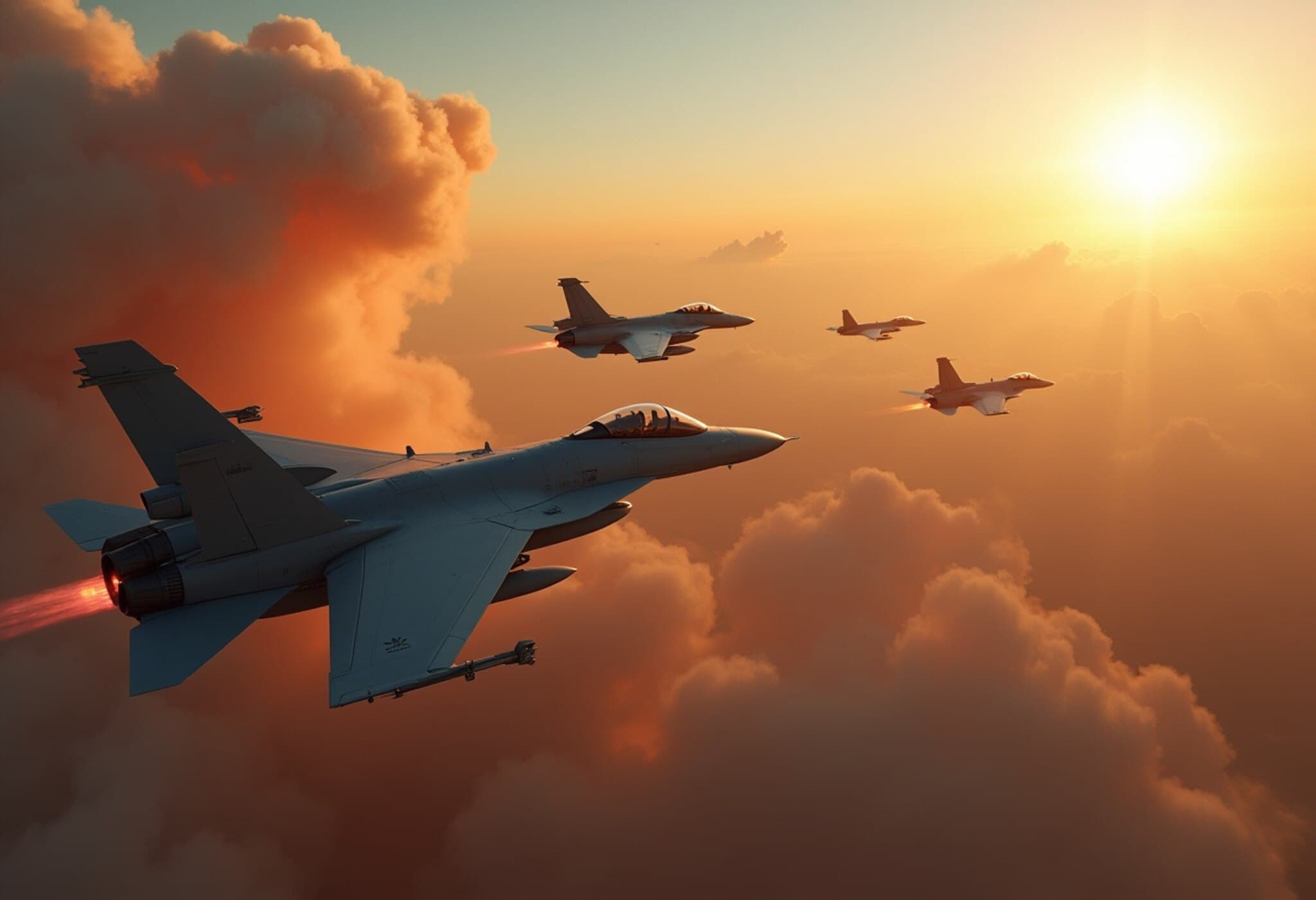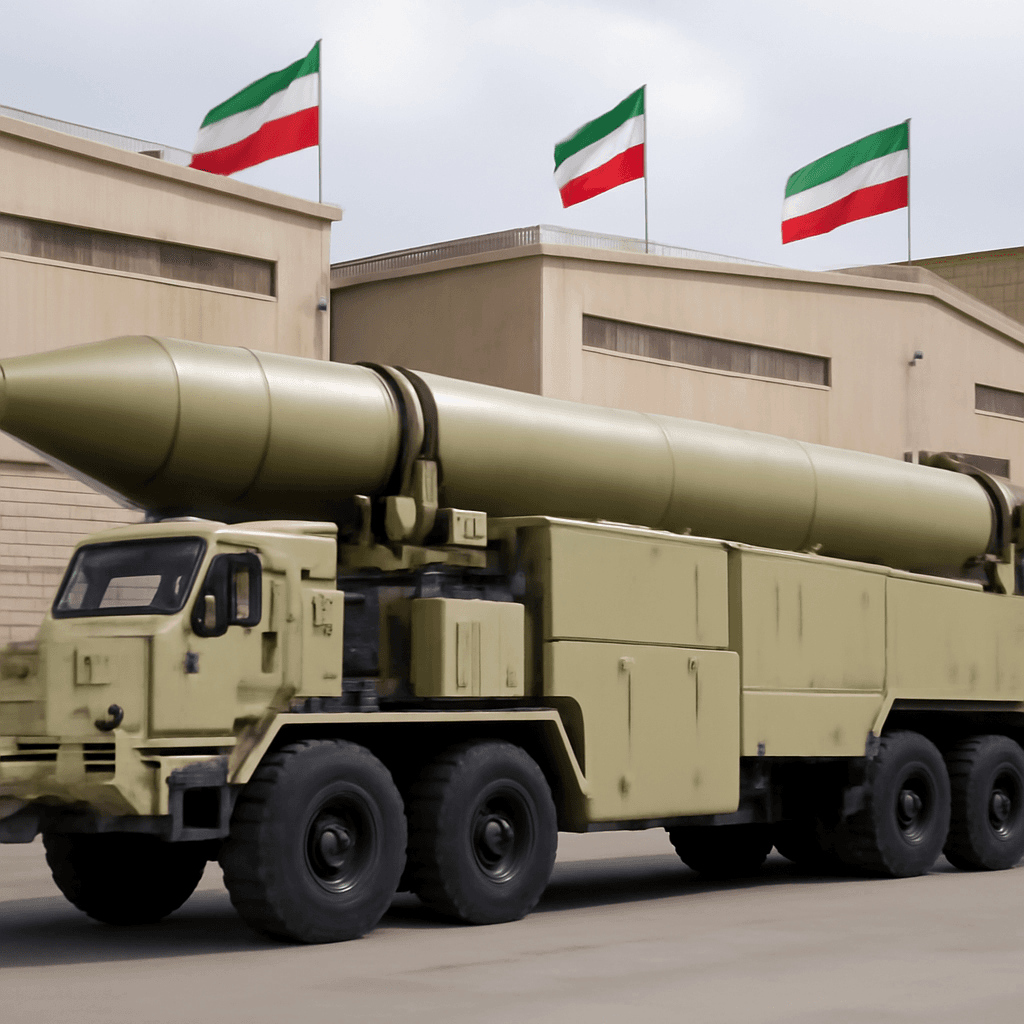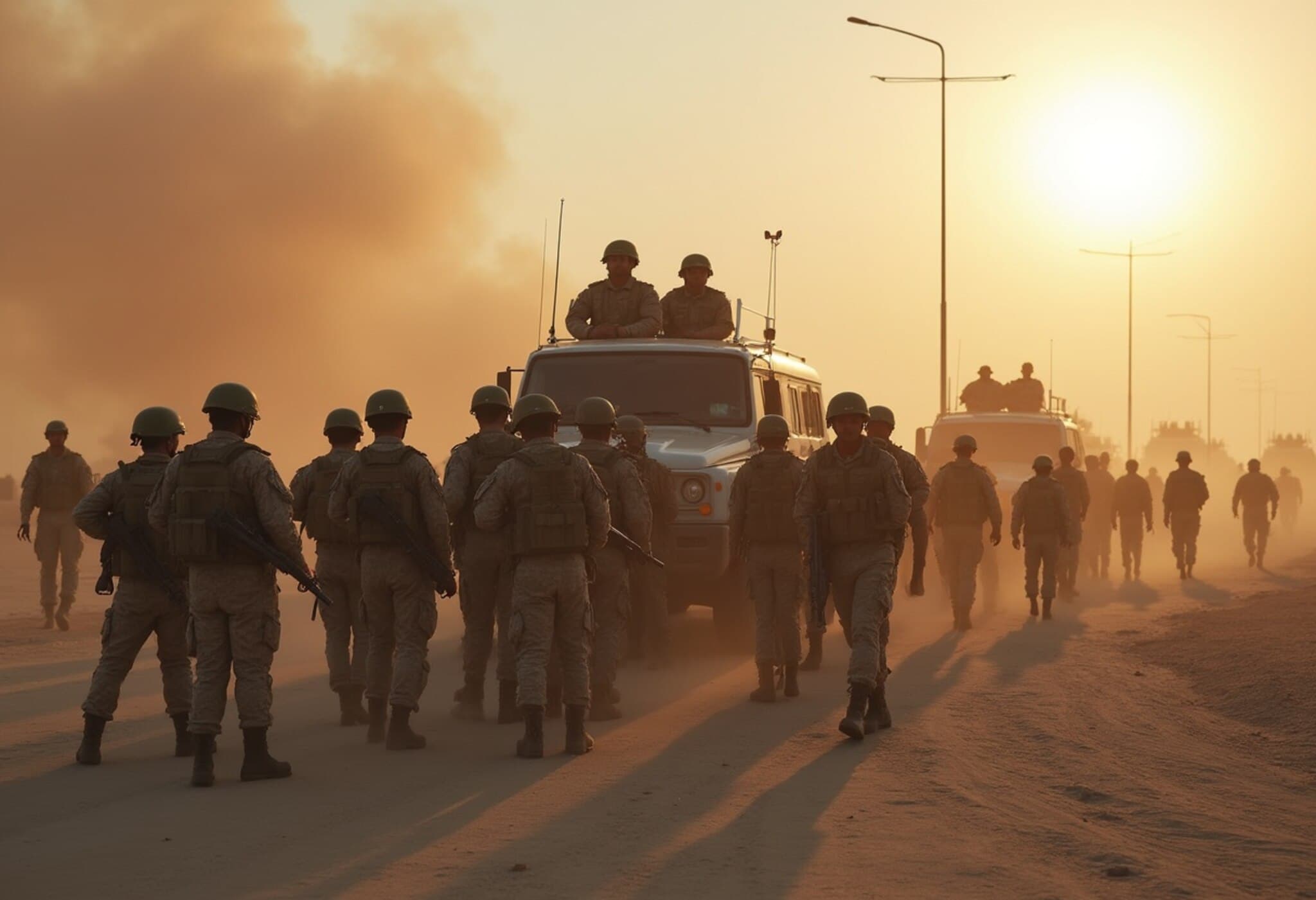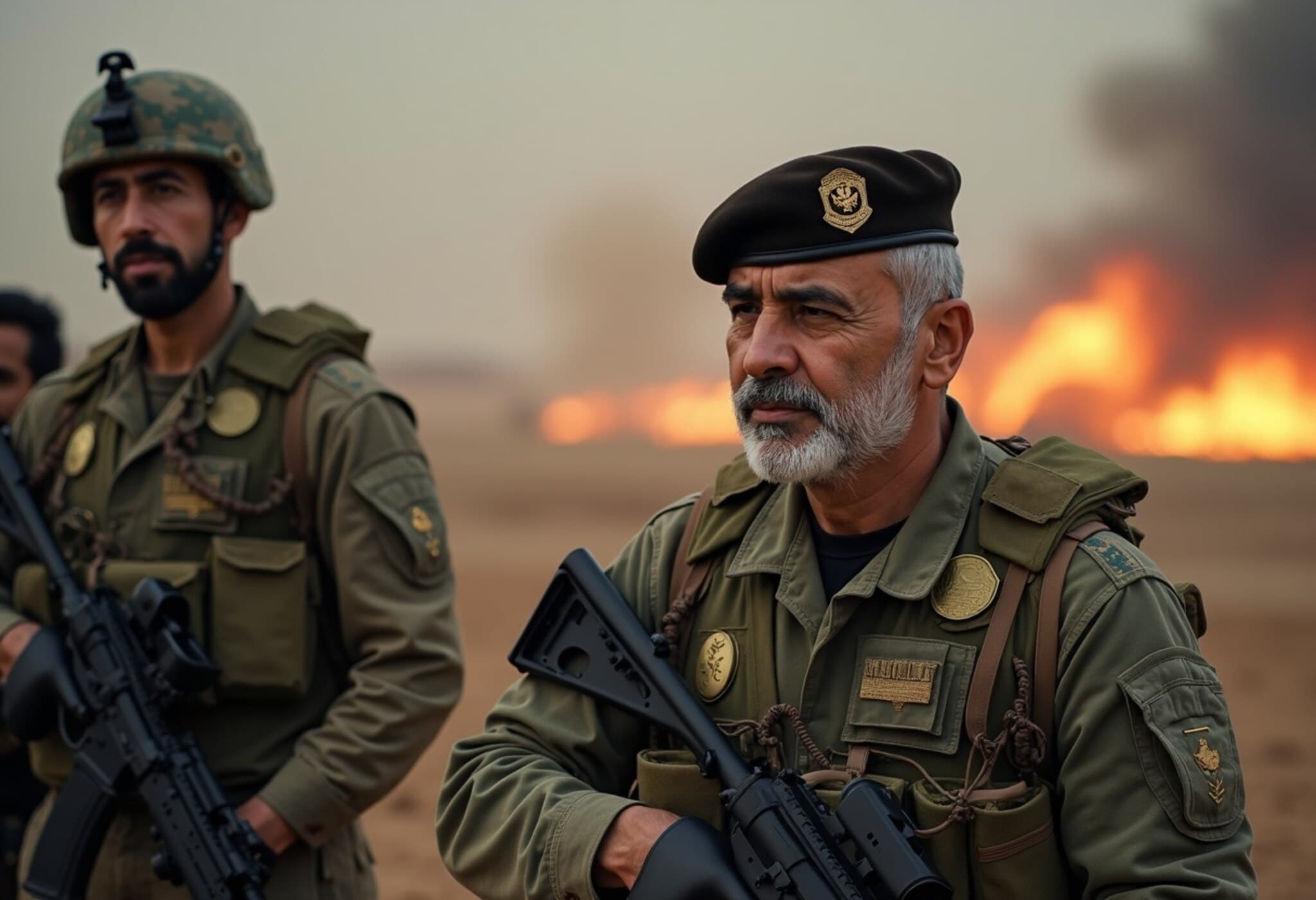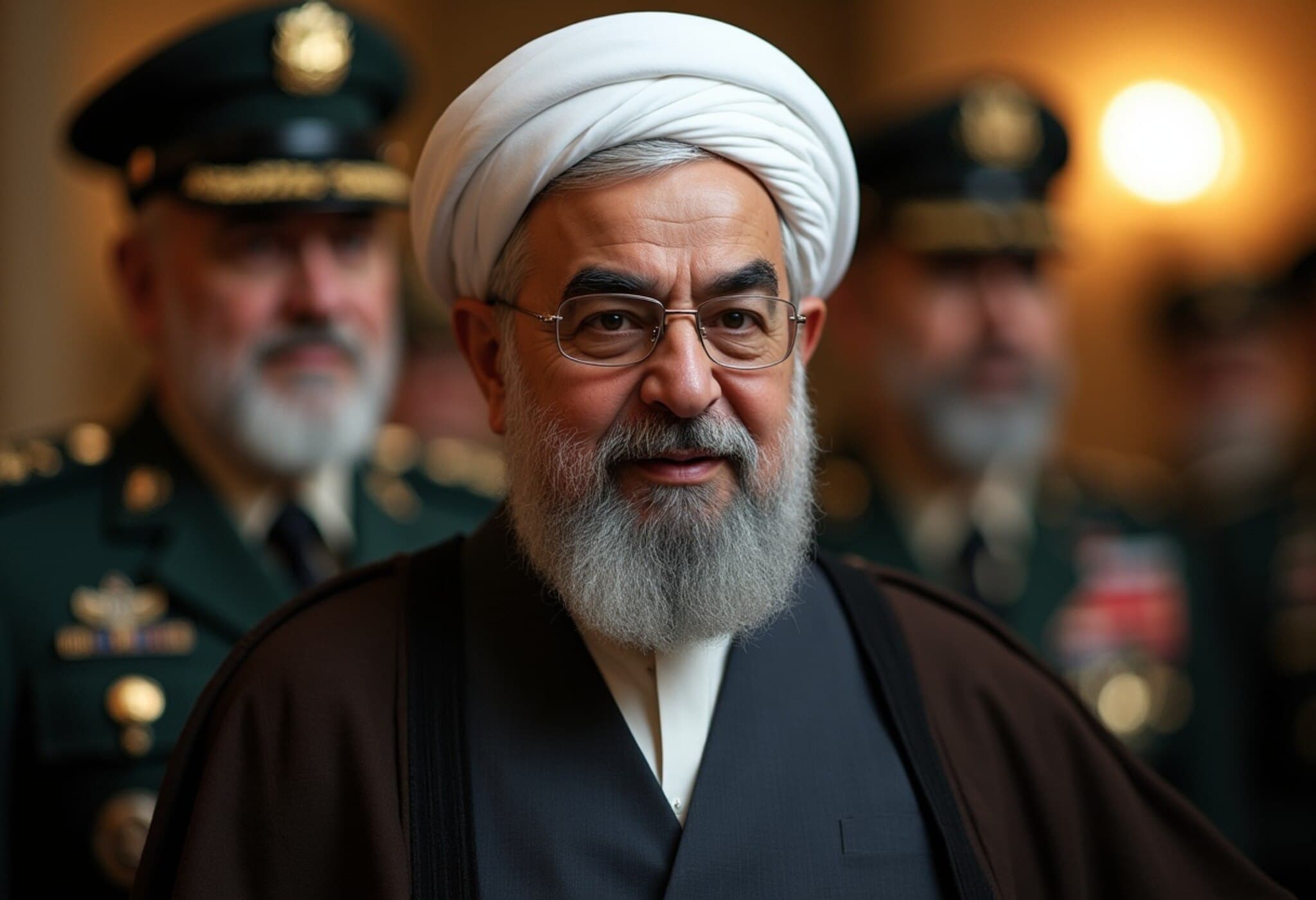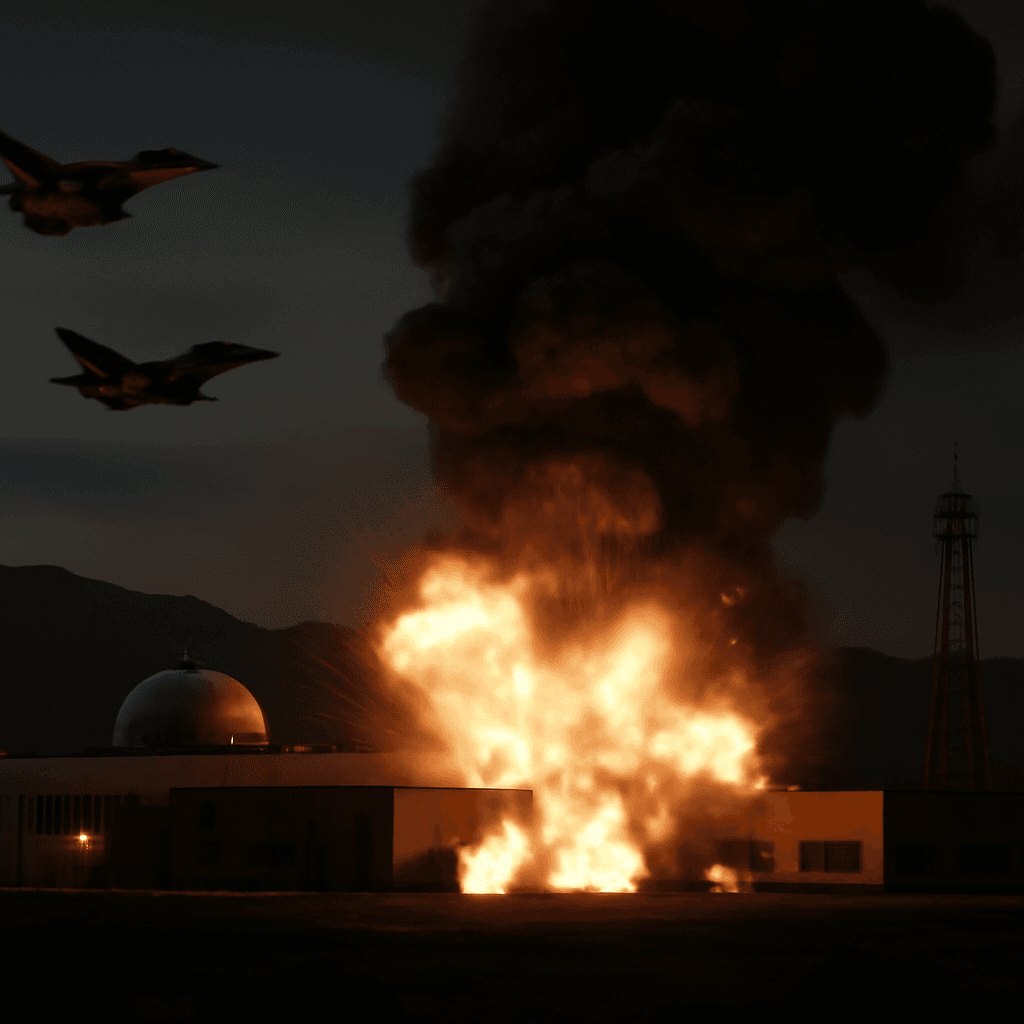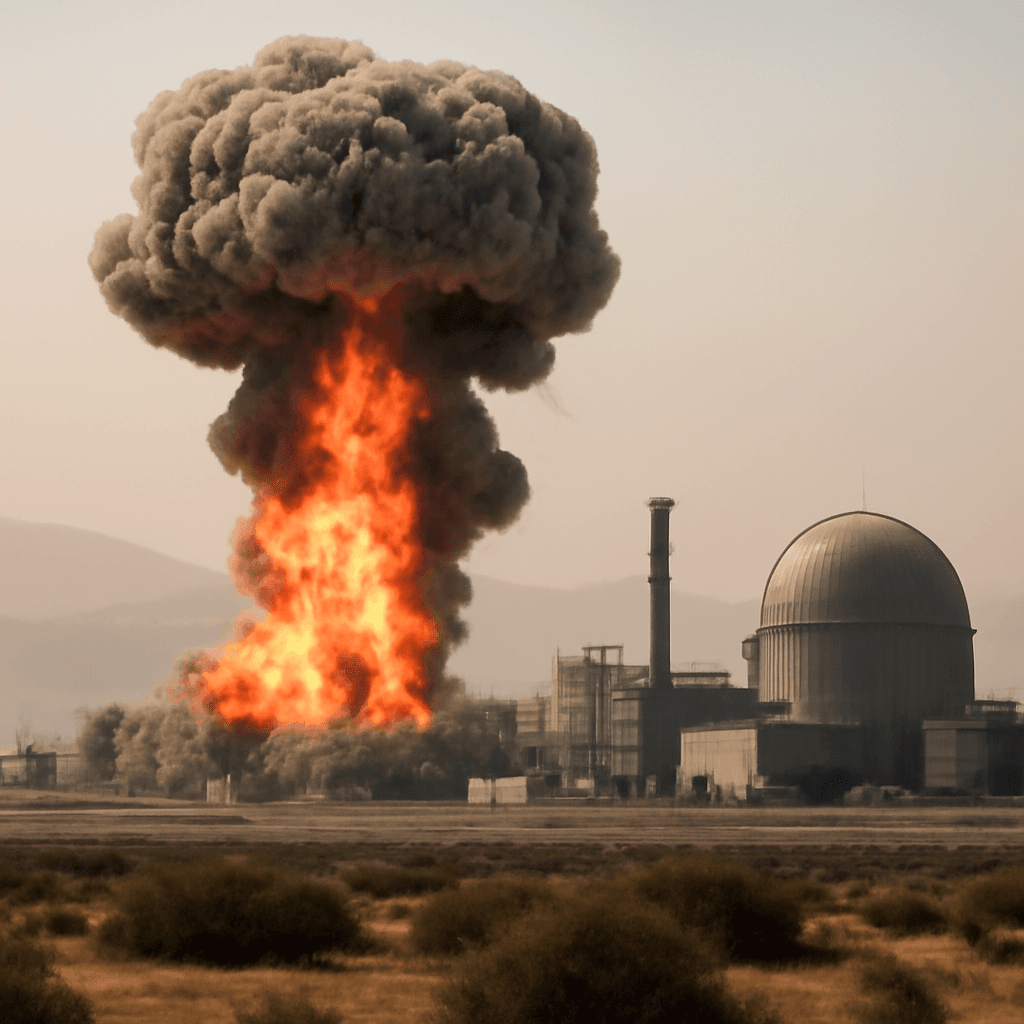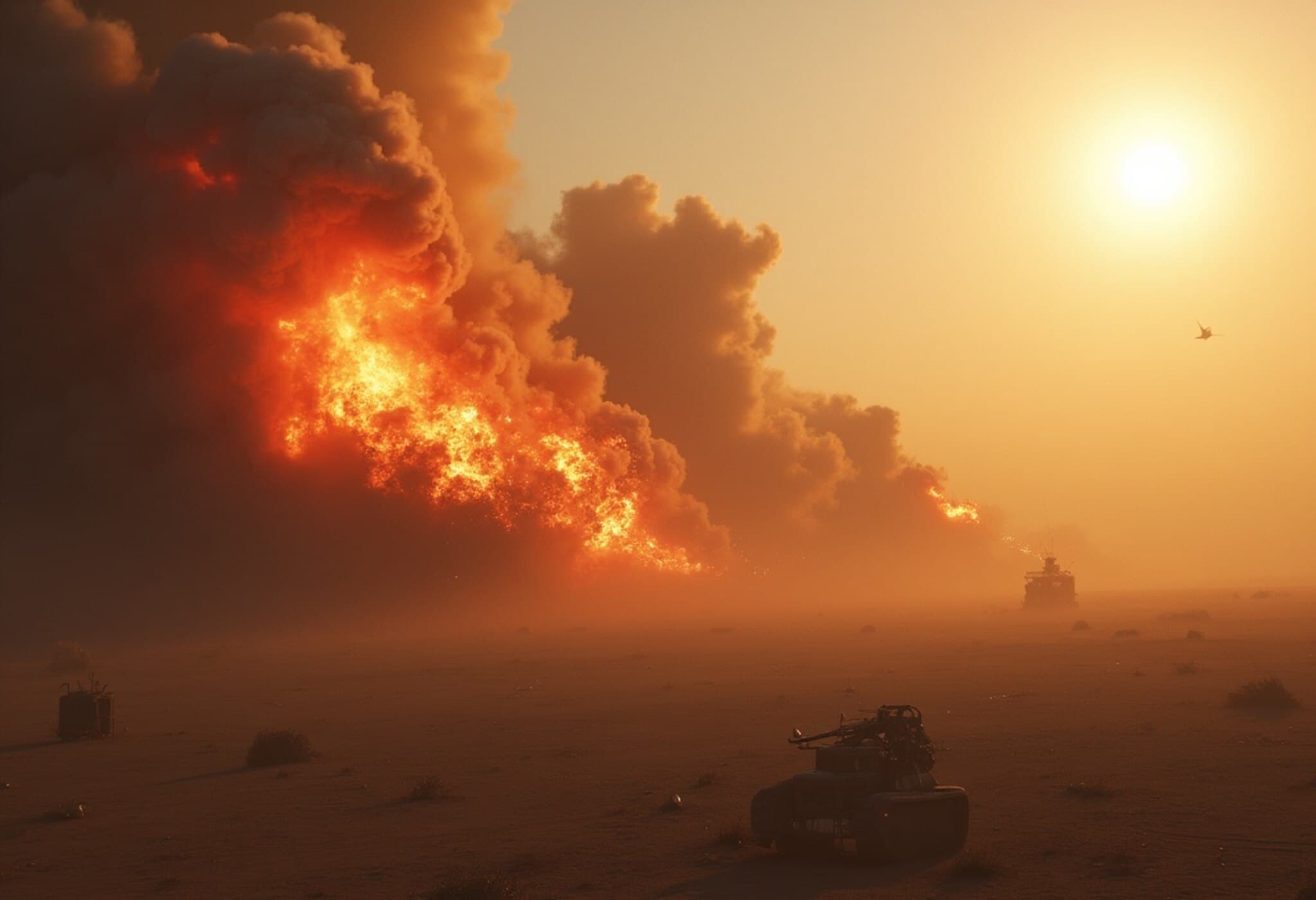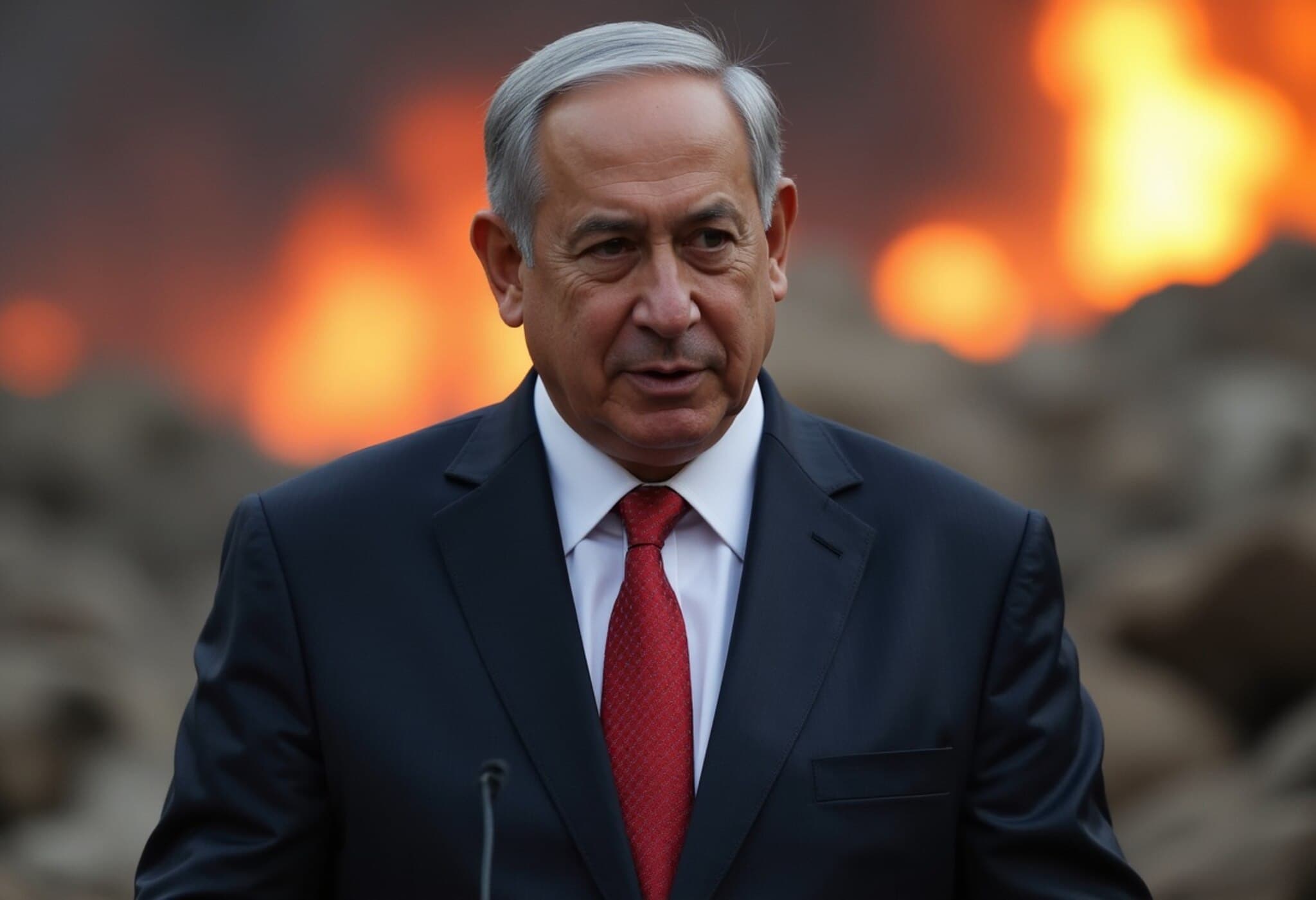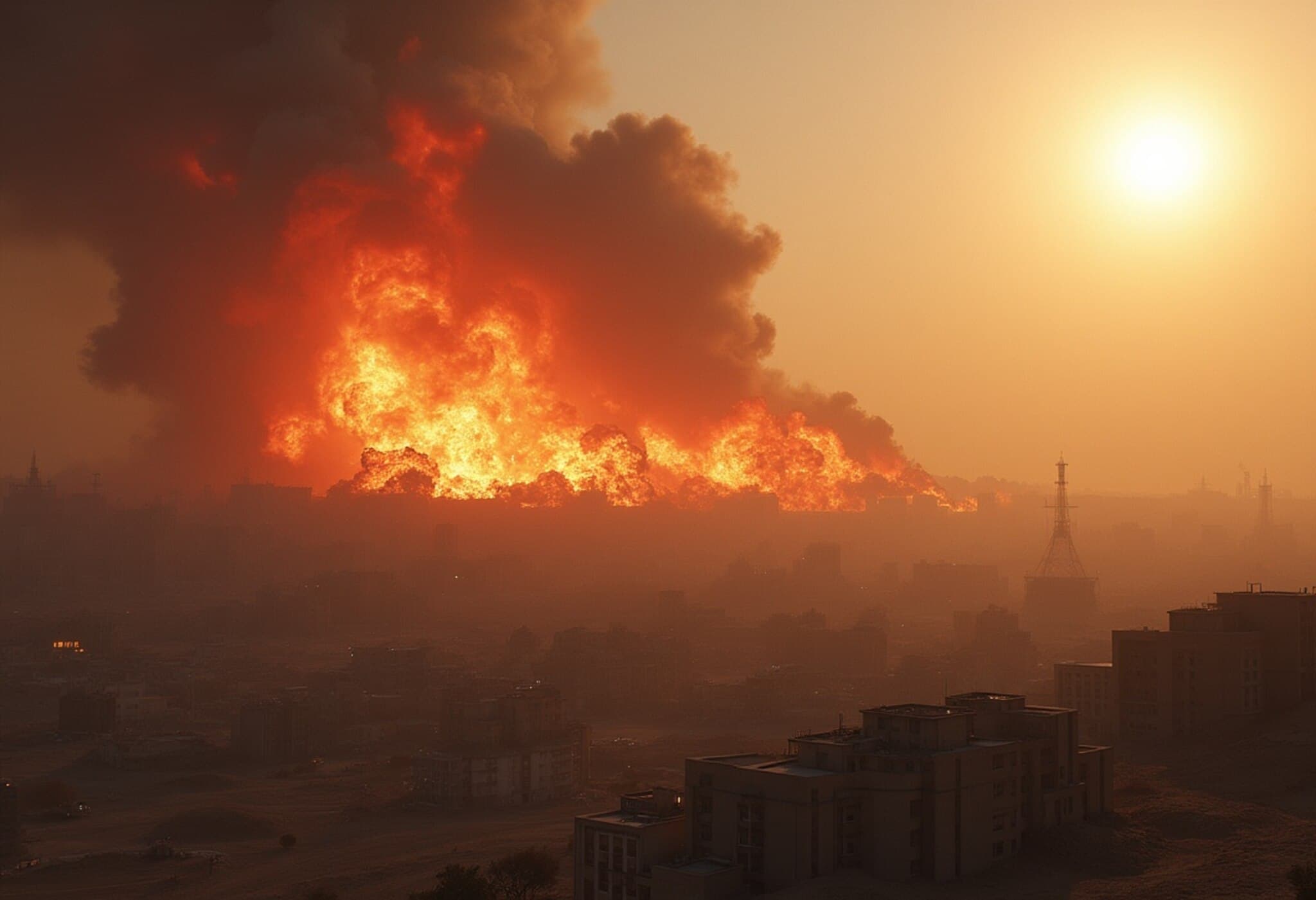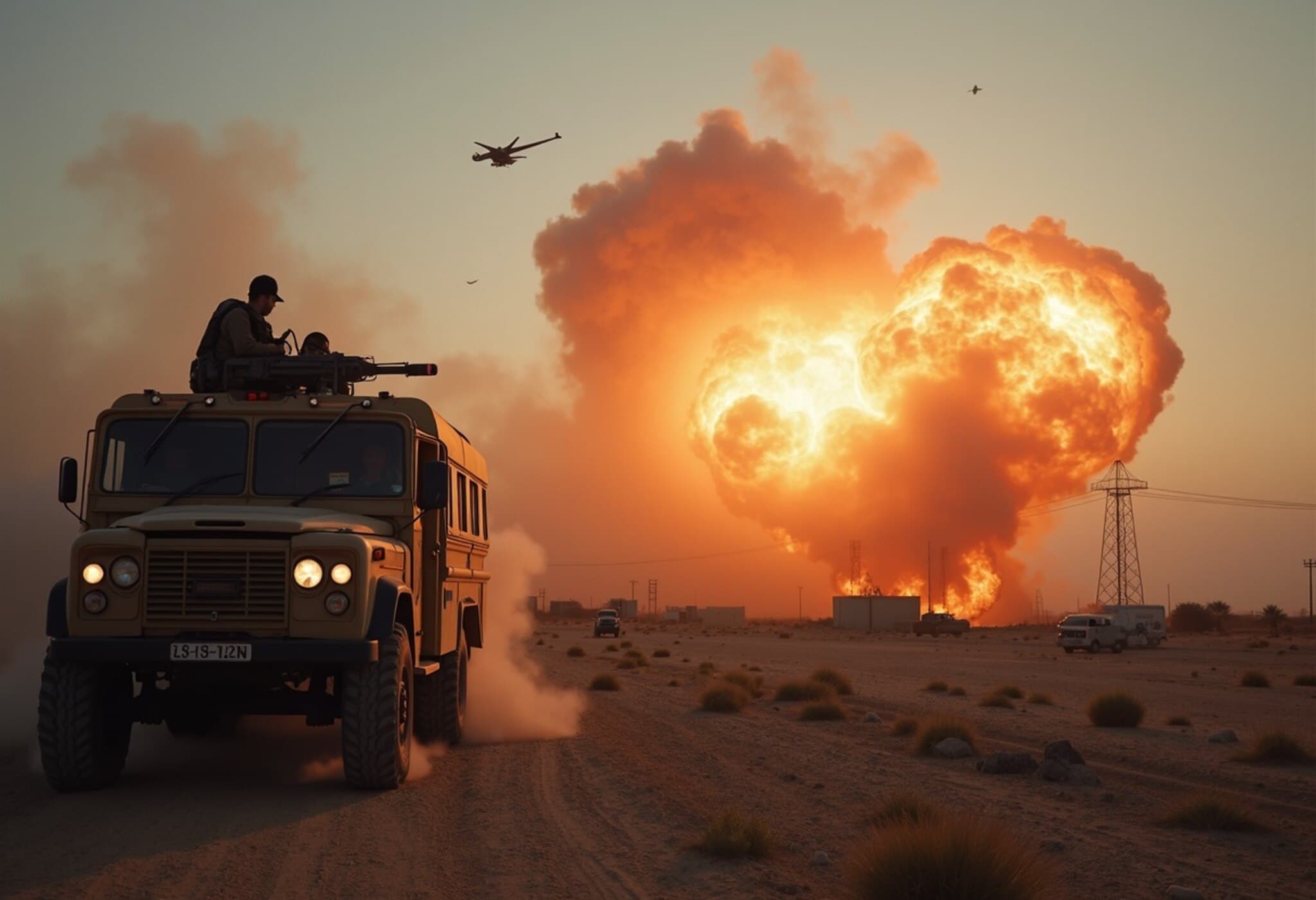Israel Launches Large-Scale Airstrike Against Iranian Nuclear Facilities
In a dramatic overnight operation, the Israeli Air Force deployed 40 fighter jets to strike deep inside Iran. Over 100 precision-guided munitions targeted dozens of key sites including nuclear infrastructure, missile production plants, and air defense installations.
Focus on the Arak Heavy Water Reactor
One of the primary targets was the IR-40 heavy water reactor near Arak, located about 280 kilometers southwest of Tehran. Often scrutinized internationally due to its capability to produce plutonium suitable for nuclear weapons, the reactor's construction has been partially completed since its start in 1997.
The Israeli Defense Forces (IDF) declared the facility has been neutralized, emphasizing that it was originally built for weapon development purposes. Although it was not operational at the time of the strike, the site remains sensitive due to potential future use. This reactor was also subject to redesigns under the 2015 nuclear agreement to curb its weapons-grade plutonium production — something Israel alleges Iran did not fully implement.
The International Atomic Energy Agency (IAEA) confirmed it had information indicating the reactor was hit. Nevertheless, it clarified the site held no nuclear material and no radiological impact was detected. Iranian state media echoed this sentiment, downplaying the incident and asserting there was no radiation risk.
Simultaneous Attack on Natanz Nuclear Facility
Alongside the Arak strike, Israeli forces targeted a facility near Natanz, known for uranium enrichment activities. According to IDF statements, this site housed unique equipment used in nuclear weapons development and ongoing projects accelerating Iran’s nuclear program.
This is not the first time Natanz has been attacked. Previous strikes and cyberattacks disrupted Iran's enrichment capabilities, highlighting its strategic importance within Iran’s nuclear ambitions.
Operation Rising Lion: A Strategic Offensive
Dubbed "Operation Rising Lion," the offensive aims to severely degrade Iran's nuclear capacities and missile programs. Brigadier General Effie Defrin, the IDF spokesperson, stressed the mission’s goal is to eliminate the existential threat to Israel and strike key components of Iran’s military infrastructure.
The operation also destroyed a missile manufacturing plant known to supply anti-tank missiles to Hezbollah fighters in Lebanon—weapons frequently used in cross-border conflicts since renewed hostilities escalated last October.
Iran’s Response and the Road Ahead
Iran’s official reaction was muted, with no casualty figures disclosed and state media downplaying the extent of the damage. Meanwhile, Israeli officials indicated that more targets remain identified and that operations will continue as necessary.
This bold move underscores ongoing geopolitical tensions in the region, as well as Israel's commitment to curbing what it views as an imminent nuclear threat from Iran’s expanding program.

